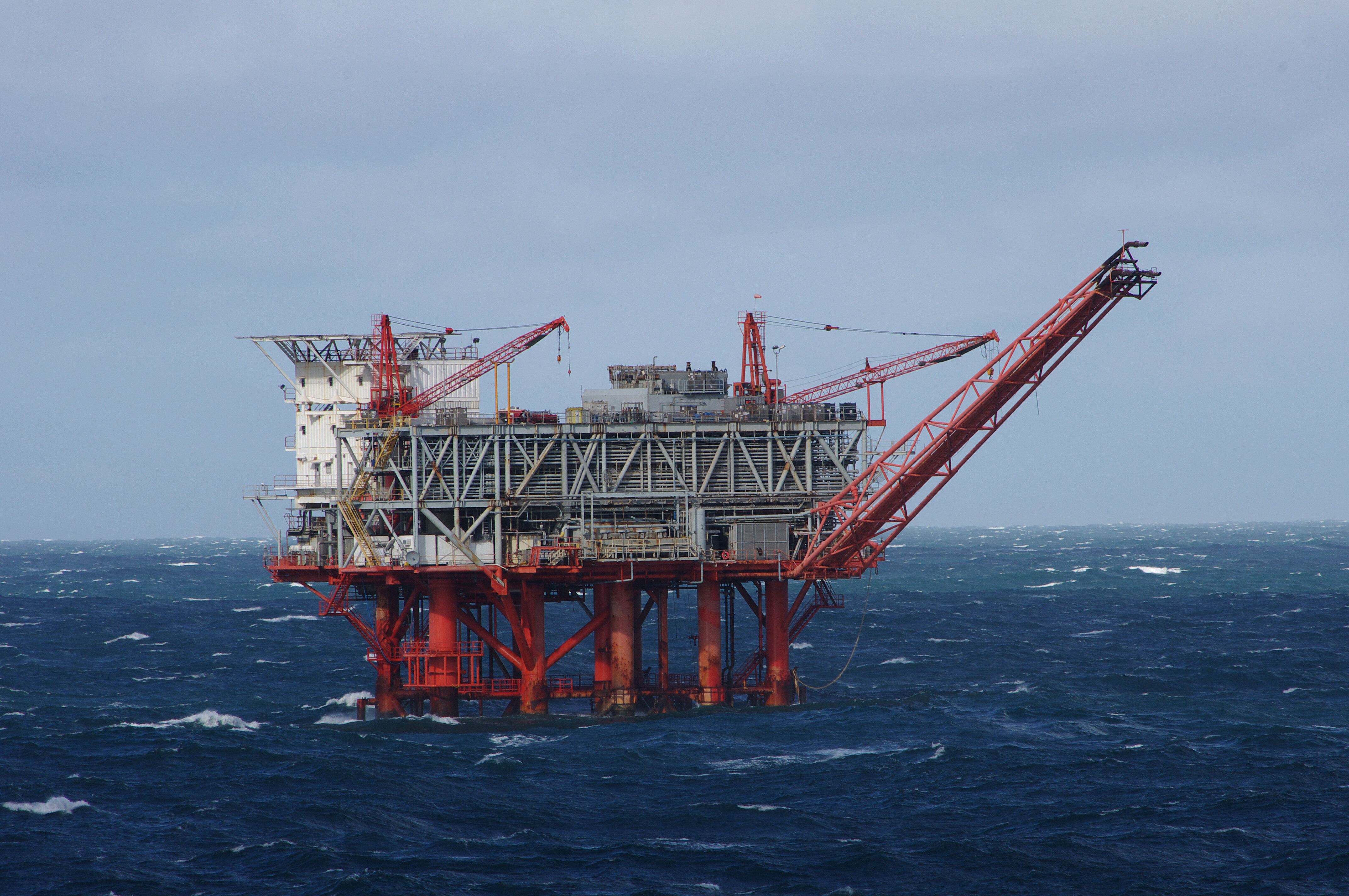UK Turns its Attention to Latin America

Last month Nick Clegg led an expedition of 40 UK companies that included giants like BP and Shell out to Colombia and Mexico. He was the most senior UK politician to visit Colombia in 20 years and it was the biggest-ever British trade delegation to visit Mexico.
We've been telling people to invest in Colombia and Mexico for years – but now it seems that more British firms are about to take Latin America seriously. As they do, it should open up more options for small private investors in the UK.
UK government: we have to do better
Supporting Nick Clegg on the trip was Lord Livingston. Unlike most politicians these days, Livingston has a lot of real-life work experience under his belt. A former city highflier, he climbed through the FTSE 100 ranks until he became CEO of BT. So, when he says that he sees real investor opportunities in Colombia and Mexico it carries a bit of weight.

“There is no doubt that historically we (UK plc) have underperformed. However, in recent years, UK trade with Mexico has grown by about a third while Colombia is one of our fastest-growing export markets.”
Of course these exports are growing from a small base. Sales to Mexico account for just 0.4% of UK exports, while Colombia takes less than 0.2%. Compare that to the 6% of British exports consumed by Ireland alone.
There are a lot of historic and geographic reasons why Britain sells to Ireland, but, and this is a point that Clegg and Livingston were keen to make, there are also lots of reasons why British firms should pay more attention to Latin America.
Oil and gas money is up for grabs
One key area is energy, says Livingston. Mexico is opening up its oil and gas sector to private firms, while Colombia already has significant private-sector involvement. Both countries are looking at shale gas, which is likely to attract the American firms that remain world beaters in the ‘fracking’ process.
But British firms are likely to have more joy in offshore oil and gas. Thanks to its experience in the North Sea, Britain is a major force in deep-sea exploration and production.
Colombia, where the involvement of private firms is well established, has started to auction off chunks of its offshore oil provinces. Meanwhile, Mexico has just altered its constitution to allow international oil firms to start exploring in its relatively untouched chunk of the Gulf of Mexico.
Here, British firms like BP or Shell, which are already in Mexico and the US half of the Gulf of Mexico, would appear to be in pole position.

While the offshore oil and gas projects attract the most attention, they also take a lot of time to develop. David Jimenez, the infrastructure specialist at KPMG Mexico, told LatAm INVESTOR that investors need to realise that “while this is not a marathon, it is at least a 5,000 metre race and definitely not a sprint”.
The exact nature of the contracts, the regulatory framework and the supporting infrastructure all need to be developed before oil companies can start taking advantage of the opportunities.
The scale of the opportunity is staggering. LatAm INVESTOR has spoken to a pipeline baron who is planning to bring down shale from the US, to renewable entrepreneurs who are cashing in on Mexico’s sunny or windy conditions and even to a British firm that generates power from landfill waste gas.
They’re all going about this in different ways. And they’ve got sharply contrasting views on the best ways to profit from the sector – but the one thing they agree on is timing.
“We’re going to have a good few years now”, says Hector Olea, a former energy regulator-turned wind farm developer, “but the key is to take advantage while conditions are right.” That applies to companies looking to develop projects, as well as to private investors.
It’s impossible to time these things perfectly. But if you believe in the long-term growth prospects now is the time to enter the market.
Playing politics
Another aspect in British firms’ favour is politics. America has played a big – and often unpopular role – in both Colombia and Mexico’s histories. It invaded the latter as recently as 1914 and helped Panama break away from the former in 1903.
As a result, Latin America politicians have to be careful that they’re not seen as selling out to the ‘gringos’. Privatising your energy industry is controversial enough, but selling it all to American companies would be political suicide.
Officials in both countries are keen for other countries to participate. And, with two of the world’s super majors, Britain is a natural alternative option.
In private, ex-government officials have told LatAm INVESTOR that they think the Mexican government will be doing all it can to ensure that British firms form a counterweight to the likely American dominance.
the key is to take advantage while conditions are right.... Hector Olea
So, which British firms look best-placed to take advantage? BP and Shell are active in both countries, yet their operations there make up a small chunk of their overall business. If BP, which is currently downsizing, was to get involved in Mexican offshore in a big way, then that could change. But for now, neither offer the exposure that we’re after.
The more interesting option is Petrofac. Again, its Mexican operations are a small chunk of the total. But as one of the few private firms to extract oil for Pemex, it has invaluable experience and contacts. That should give the company a big boost as the Mexican giant loosens its grip on the industry.
While we wait for the Mexican energy reforms to take effect, Colombia offers the best British pure play for now. London-listed Amerisur (AMER) is a low-cost onshore producer of light oil in Colombia’s Putumaya basin near the border with Ecuador.
I interviewed CEO John Wardle a few months back, and he did a pretty good job of convincing me of the firm’s prospects. Over the last few years, the firm has boosted production to 8,000 barrels per day.
That makes it a minnow compared to the bigger British names, but it generates the cash needed to explore the rest of its concessions. And the firm’s excellent exploration success rate so far suggests it has good chances of finding more in the future.